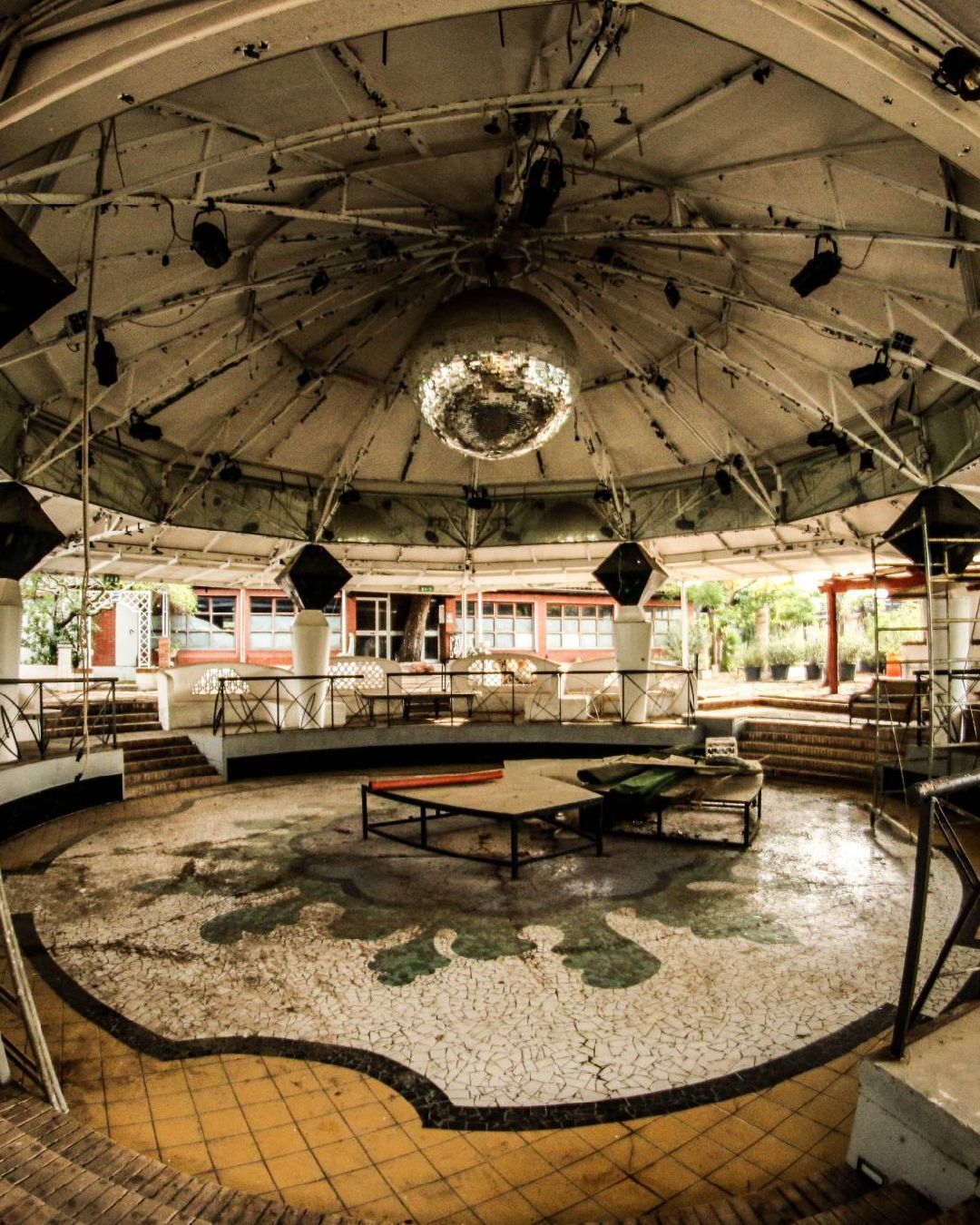
Why more and more clubs are closing down Since the 1990s, Italian clubs have decreased by 52%
There are 2100 nightclubs that have been closed in Italy in the last 14 years. They have become banks, parking lots, skyscrapers, and churches, according to a new investigation by Repubblica, while the Night Time Economy Report 2024 from the UK reveals that just this year 67 venues have closed their doors. This phenomenon is spreading like wildfire in Europe, transforming all the tourist and cultural centers that once teemed with concerts and events. Club culture owes its decline to the demographic decline but also to the behavioral changes of young people: while in the '80s and '90s staying out until late at night was normal, now the new generations have different priorities. They are more health-conscious and enjoy spending time in nature, they are the most teetotal generation ever and the least sociable. So much so that they are dependent on dating apps. Meanwhile, in the UK, the Night Time Industries Association predicts that by 2030 all clubs will be extinct. Max Pezzali dedicated an entire album to the Abandoned Nightclubs in Italy, a project that documents the ruins where hundreds of people once partied freely.
According to Repubblica data, until the '90s Italy had about 7,000 nightclubs, a number that has dropped by 52% compared to only 630 new openings from 2010 to 2023. The report considers the demographic decline of eighteen-year-olds in Italy, which between 1983 and 2006 decreased by 46% from over a million young people to just over 550,000, but emphasizes that the decline in youth is not the only factor that has influenced the number of nightclubs. Among the demolished venues are the Echoes in Misano Adriatico, the Kiwi in Piumazzo in the province of Modena, and the Oasis in Sassuolo. The Naxos in Turin was replaced by a Basco supermarket, the Vanilla in Genoa by a Coop, while the Studio Zeta in Caravaggio is now a shopping mall. Outlets, pizzerias, landfills, and McDonald's: those that were once places of self-expression, entertainment, and celebration are now centers of unconscious consumption, non-places where many people gather without sharing anything.
@cleared_to_play Conoscevate queste #discoteche abbandonate?? #luoghiabbandonati #imparacontiktok Glue Bicep - Bea
The '80s and '90s were marked by an unprecedented boom in nightlife, from the birth of the DJ to the establishment of iconic clubs like the Marabù in Reggio Emilia and the Cesar Palace in Cuneo. Today, the way young people experience music, as well as how they relate to each other, is very different, with the addition of Spotify and other streaming platforms that have made everything much more accessible and the rise of private parties and outdoor raves that have shaped the preferences of new clubbers. Compared to forty years ago, fewer people eagerly await Saturday night to party in front of a console, but it is normal that after a surprising number of new openings in the '80s and '90s, the trend would experience a reversal. At the same time, it is necessary to intervene before all that remains of this history is concrete: narratives like Abandoned Nightclubs by Max Pezzali or even photographic exhibitions like DISCO MUTE of 2022 allow the memories linked to those spaces to continue to resurface in the minds of those who experienced them, keeping alive a slice of Italy that deserves to be celebrated.














































